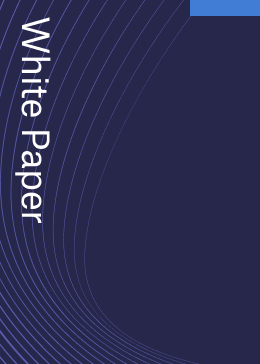
Industrial strength
By 3A Composites Core MaterialsAIREX T10 is a breakthrough in foam-core material development. It is the first PET-based structural core material that is directly extruded and doesn't require additional welding and slicing operations to reach outstanding mechanical properties.
Due to this completely new production technology, AIREX T10 features improved properties, fully homogeneous cell structure and a lower cost base compared with conventional PET cores.
Oriented mechanical properties
Known and valued in fibre fabrics and honeycomb cores, anisotropic or oriented properties are now also available in foam-core materials. AIREX T10 features significantly higher properties in length (extrusion) than in width direction. While the weaker width properties correspond to conventional PET core, the strong and stiff length properties allow a reduction of core density or core thickness, thus further increasing the cost advantage of this high-performing material.
Most cost-efficient core
UK-based composite design company StrucTeam carried out a rotor-blade-design study comparing different core materials. The study proves that AIREX T10 outpaces all other cores with regard to total cost. Influencing factors were lower material price, lower required material thickness and subsequent lower resin uptake in the core's grooves. While still slightly heavier than the PVC-cored blade, the AIREX T10 blade featured a total cost advantage of more than 30% compared with the PVC solution, and an 18% advantage compared with conventional PET core.
Extended portfolio
Rotor blade products T10.100 and T10.110 have been adopted by first-turbine OEMs. The new AIREX T10.60 has now been launched at selected lead customers in the wind-turbine-nacelle business. With its homogeneous cell structure, high mechanical properties, easy processing and attractive cost package, this low-density core material is bound to make its inroads into the nacelle market.
New BALTEK SBC.80
The company has optimised nature's toughest core material for modern composite applications. BALTEK balsa wood is well known for its superior mechanical properties due to its natural honeycomb structure. However, products are mostly limited to a few specific densities. This often results in laminates, which are over engineered and heavier than necessary, but a balsa core with a slightly lower density, strong properties and greater supply is possible.
By using its plantations and state-of-the-art production facilities, 3A Composites AirexBaltekBanova can offer a weight-optimised balsa density - the BALTEK SBC.80.
What is BALTEK SBC.80?
BALTEK SBC.80 is a new balsa core, which provides customers with the exclusive opportunity to reduce the weight of their laminates. Even high-volume applications can benefit from SBC.80 with 3A Composites AirexBaltekBanova's global sourcing potential.
The company owns and manages over 15,000ha of FSC-certified balsa wood plantations in Ecuador and Papua New Guinea. Studies from the company's solutions-engineering team, together with WINDnovation Engineering Solutions,
have shown that even though the weight reduction is 10%, the decrease of sandwich properties is minimal. BALTEK SBC.80 balsa core material is still incredibly stiff. This makes SBC.80 perfectly suitable for demanding applications such as wind-turbine blades and boat hulls.
Properties of the Baltek SBC.80 include:
- an average sheet density of 132kg/m3
- 10% lower sheet density compared with SBC.100
- lower resin uptake due to lower density, which provides additional weight saving
- minimal impact on sandwich properties due to superior stiffness of balsa.
- global supply from Ecuador and Papua New Guinea
- optimised use of forest resources, positive impact on supply and availability
- ecological product, 100% plantation grown, FSC-certified.
Wind-rotor blade case study by WINDnovation
A wind rotor blade design study by WINDnovation Engineering Solutions on a 63.5m rotor blade (IEC S, B) confirms the suitability of BALTEK for modern blade designs. When replacing BALTEK SBC.100 with SBC.80, despite a decrease in properties of approximately 10%, the buckling effort (ratio of load applied versus critical buckling load) only increased by absolute 1.6%. Hence, the influence of material shear stiffness is not decisive in this case. Certainly the core material weight reduction of approximately 10% was well appreciated.
Eric Gauthier, president of global key accounts, says: "We're proud to introduce two impressive new core material solutions that have been specifically tailored to the needs of the rotor-blade industry. The very positive feedback from lead customers confirms our expectations for a successful future of these products."

